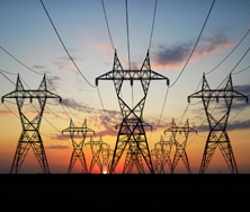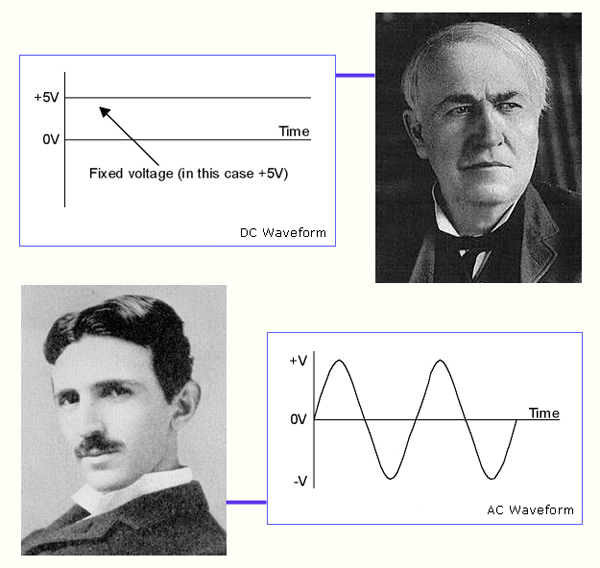
While people existed long before electricity was harnessed, life became a lot easier once humans had a readily available electrical power source at their disposal. Its use is so widespread that we take it for granted.
Few would question the integrity of an electrical outlet found anywhere in a modern building. We just “plug in” without thought and expect it to work—and it usually does.
It’s a great thing that this source can be so reliable, but the bad part is that high reliability causes us to take it for granted, and discourages us from seeking an understanding of how it works.
Contrary to popular belief, electricity is not an invention. It has existed for as long as there has been matter in the universe. We know that all things are comprised of atoms, and that electricity is the flow of atomic parts (electrons) from one place to another.
The rate of electron flow is called a current. The pressure under which it flows is called a voltage. Both of these quantities (and most units in general) were named to honor electrical pioneers. All electrical power sources can be characterized by their available voltage and current.
In fact, the simplest formula for electrical power is:
W = IE
Where W is power in Watts,
I is current in Amperes
E is electromotive force in Volts
Alternating And Direct
If current flows in one direction only along a wire, it is called direct current or DC. If the current flows in two directions, such as back and forth along a wire, it is called alternating current or AC.
It’s possible to convert AC to DC, and DC to AC, and in fact, this is necessary to get a sound system component to work.
The utility company generates AC by using some other form of energy in the environment, such as flowing water turning a turbine (hydraulic power), the wind turning a propeller (pneumatic power), the burning of coal, or even nuclear reactions. The discovery and utilization of new power sources is of prime importance to modern humans. Our continued existence depends on it.
The electrical power generation process was invented and refined with a great number of influences, including the physical limitations of electrical components and wire, and even the political and economic forces that existed at the time.
Because it’s highly impractical to change a system once it’s in place, many possible approaches were considered. I doubt if Edison or Westinghouse (or perhaps even Nikola Tesla, the genius inventor of AC and numerous other milestone technologies) could envision the far-reaching implications of their choices regarding electrical power distribution.

After much experimentation, debate, and lobbying, it was decided that the method of electrical power distribution in the U.S. would be AC, primarily due to its inherent advantages with regard to generation and transportation over long distances. (The true turning point of the debate proved to be the first successful use of widespread AC distribution at the 1893 World’s Fair in Chicago.)
AC has at least three advantages over DC in a power distribution grid:
1) Large electrical generators generate AC naturally. Conversion to DC involves an extra step.
2) Transformers must have alternating current to operate, and we will see that the power distribution grid depends on transformers.
3) It’s easy to convert AC to DC, but expensive to convert DC to AC.
The sine wave is a natural waveform from things that rotate, so it is the logical waveform for the alternating current. The frequency of the waveform describes how often it changes directions. An optimum frequency for power distribution was determined to be 60 Hz.
Any devices that required DC could simply convert the 60 Hz AC provided by the utility company, and this is exactly what sound system components do, even today.
Source Be With You
The core electrical power sources that are created to supply electricity to consumers are truly massive.
